The Canada Archivesbest part of Halloween by far is the candy.
If you're young and hungry for those sweets, obviously the best way to get them is to go trick-or-treating
But, have you ever wondered who created this prestigious celebration (still not a federal holiday, but whatever) and who decided to add trick-or-treating to the mix.
 Original image has been replaced. Credit: Mashable
Original image has been replaced. Credit: Mashable Halloween derives from the three-day Celtic festival Samhain. The Celts believed the dead would return on Earth at the end of the harvest season (Oct. 31) and decided to honor them. The "villagers disguised themselves in costumes made of animal skins to drive away phantom visitors; banquet tables were prepared and edible offerings were out to placate unwelcome spirits," states The History Channel. Celts knew how to throw the ultimate Halloween bash.
SEE ALSO: 7 Do's (and 7 Don'ts) you need to know before throwing a Halloween partySo that's where Halloween originates, but what about trick-or-treating?
 Original image has been replaced. Credit: Mashable
Original image has been replaced. Credit: Mashable The first appearance of trick-or-treating had people dressing up in exchange for food and drinks which was known as "mumming" in the Middle Ages. However, in the 9th century, the term changed to "souling" for All Souls' Day every year on Nov. 2.
According to Halloween: From Pagan Ritual to Party Night, "souling" was when poor people visited wealthy families' homes and received pastries like 'soul cakes' in exchange for prayers and songs. "The idea being that, if you prayed hard enough, you would help them get to heaven," the author Nicholas Rogers told CBC News.
The term "guising" became popular in Ireland and Scotland in the 16th century. Young people had to perform a song, recite a poem, tell a joke or other 'tricks' in order to receive their treats. But overall, many of these exchanges were paying homage to the dead.
So essentially, the people in the past had to work for free food and gifts. Honestly, children today can't complain anymore about receiving Tootsie Rolls in their bag.
 Original image has been replaced. Credit: Mashable
Original image has been replaced. Credit: Mashable In the 9th century, people were asking for food, money and ale. While according to The History Channel, the 16th century brought in fruit, nuts and coins.
Seriously, what happened between the 9th and 16th century and why did people stop asking for money on Halloween?
While the tradition of receiving pastries and coins moved to the United States, it wasn't until the 1950s that candy became more popular. According to History, parents feared strangers will tamper with treats that weren't store brought or sealed. Candy became more convenient and affordable.
Honestly, we're not complaining. It's easier to hand out small packets of Kit Kats than pieces of apple crumb cake.
 Original image has been replaced. Credit: Mashable
Original image has been replaced. Credit: Mashable In the mid 19th century, the American colonists and immigrants popularized Halloween. The Irish and Scottish brought their old traditions of 'souling' and 'guising' to the United States.
But according to Today I Found Out, the phrase "trick-or-treat" dates back to Nov. 4, 1927 from a Canadian newspaper Herald story: "The youthful tormentors were at back door and front demanding edible plunder by the word "trick or treat" to which the inmates gladly responded and sent the robbers away rejoicing."
The United States didn't start using the terms until the 1930s. However, according to Dictionary.com, by the 1950s, the practice of trick-or-treating was shown in popular culture in shows like Ozzie and Harriet and in print like aPeanuts comic strip.
 Original image has been replaced. Credit: Mashable
Original image has been replaced. Credit: Mashable Yes, Halloween is cool. And so is trick-or-treating, no matter what side of the door you're on.
It's always interesting to uncover the real reason these strange yearly traditions exist. So indulge on your discounted post-Halloween treats and reminisce on the good times trick-or-treating brought you.
 Best headphone deal: Take 22% off the Sonos Ace at Amazon
Best headphone deal: Take 22% off the Sonos Ace at Amazon
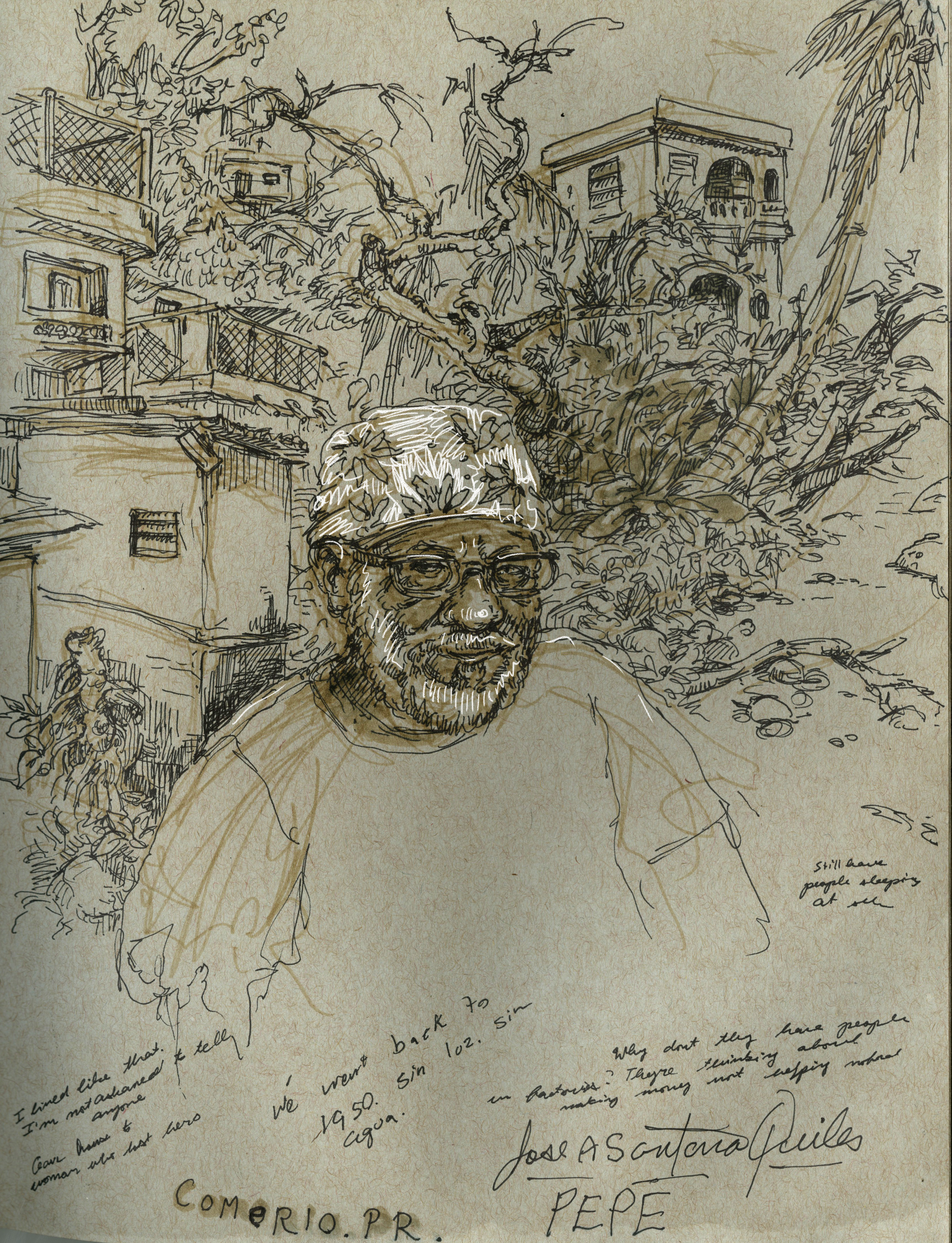 Puerto Rico Sketchbook: The Houses Still Standing
Puerto Rico Sketchbook: The Houses Still Standing
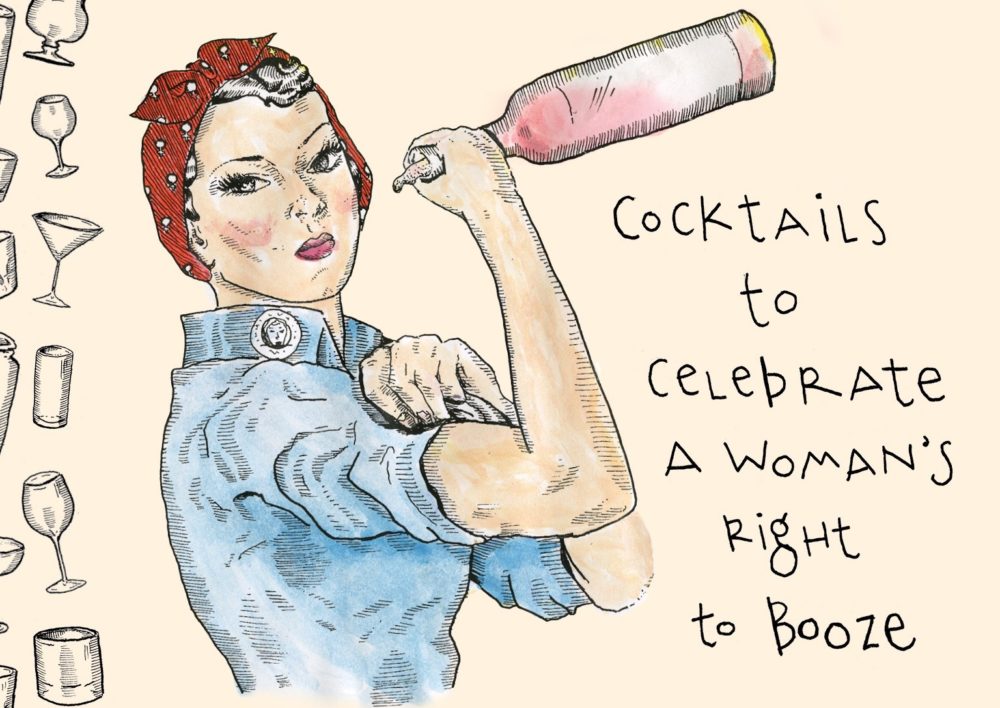 Cocktails for Toasting the End of Patriarchy by Merrily Grashin
Cocktails for Toasting the End of Patriarchy by Merrily Grashin
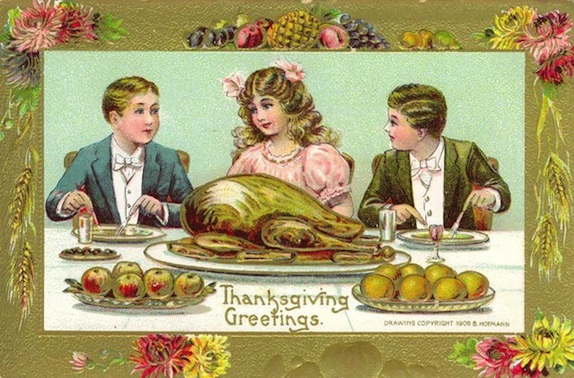 Hale and Hearty by Robin Bellinger
Hale and Hearty by Robin Bellinger
 Skywatching is lit in May, says NASA
Skywatching is lit in May, says NASA
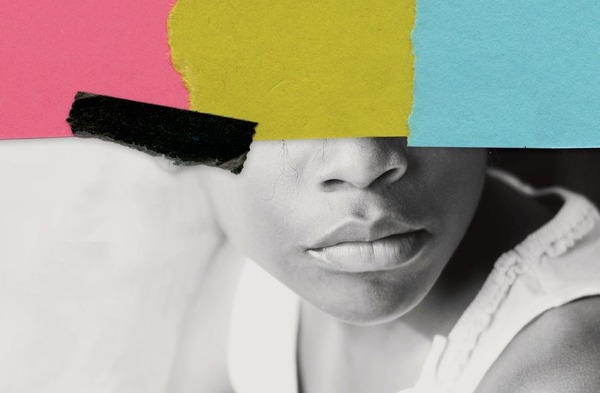 Black History by Asali Solomon
Black History by Asali Solomon
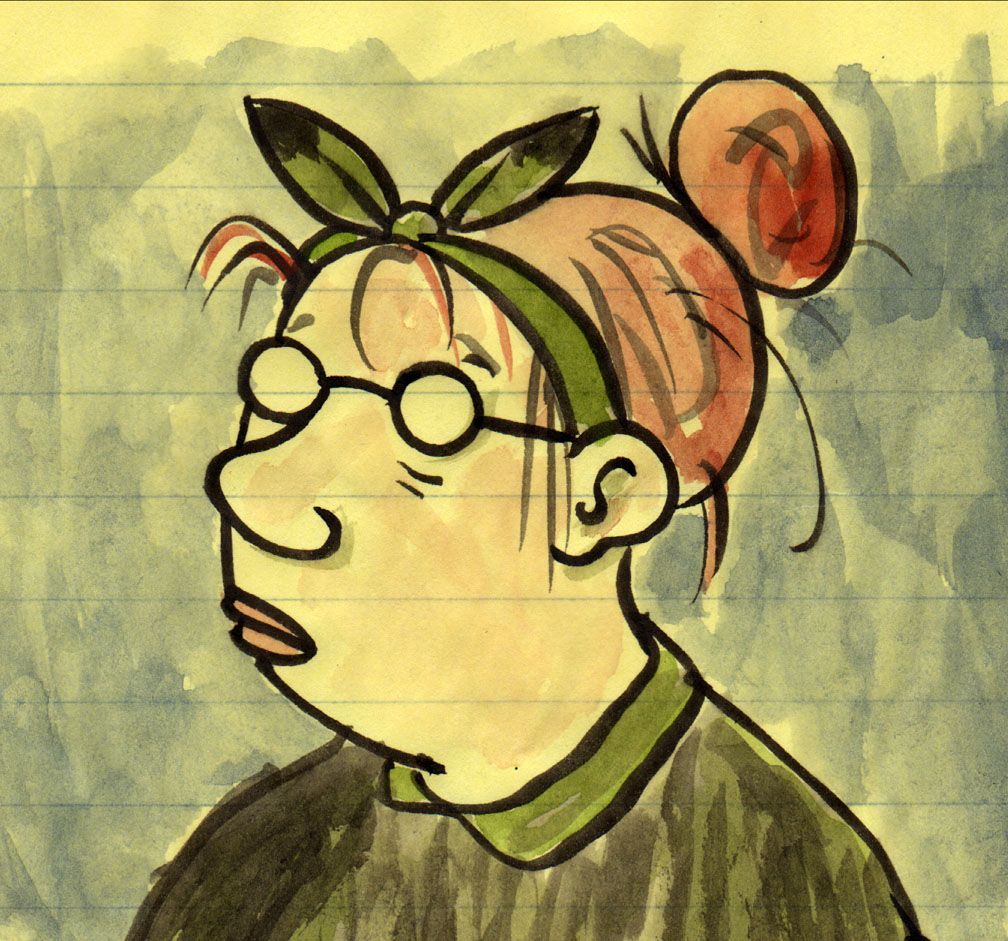 Dear Lynda: Diary Snoops and Ill
Dear Lynda: Diary Snoops and Ill
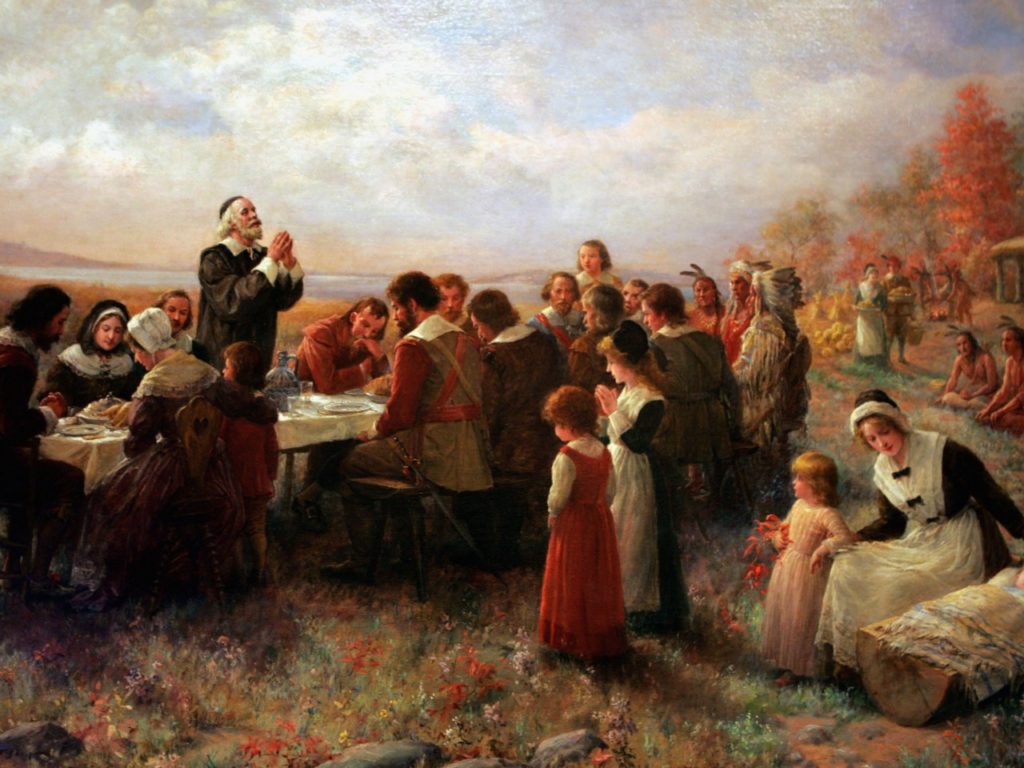 All This Blood and Love
All This Blood and Love
 Best Amazon deal: Get a $5 Amazon credit when you spend $30 on home essentials
Best Amazon deal: Get a $5 Amazon credit when you spend $30 on home essentials
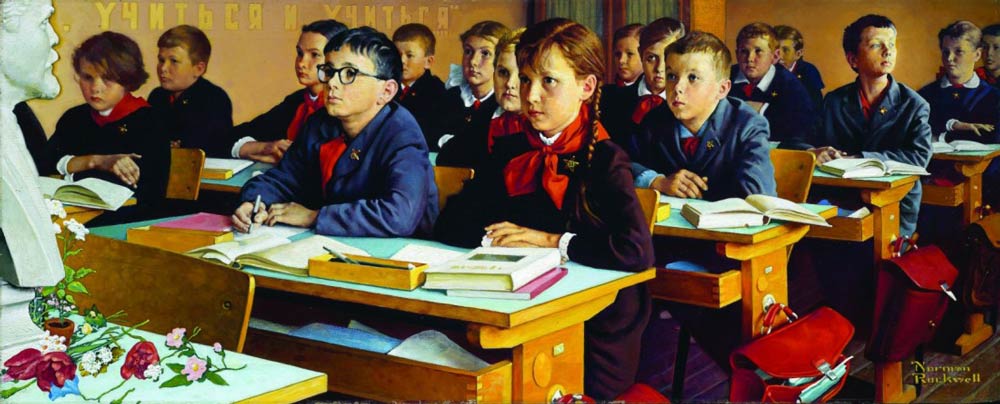 Eight Public Cases
Eight Public Cases
 NYT Connections Sports Edition hints and answers for April 23: Tips to solve Connections #212
NYT Connections Sports Edition hints and answers for April 23: Tips to solve Connections #212
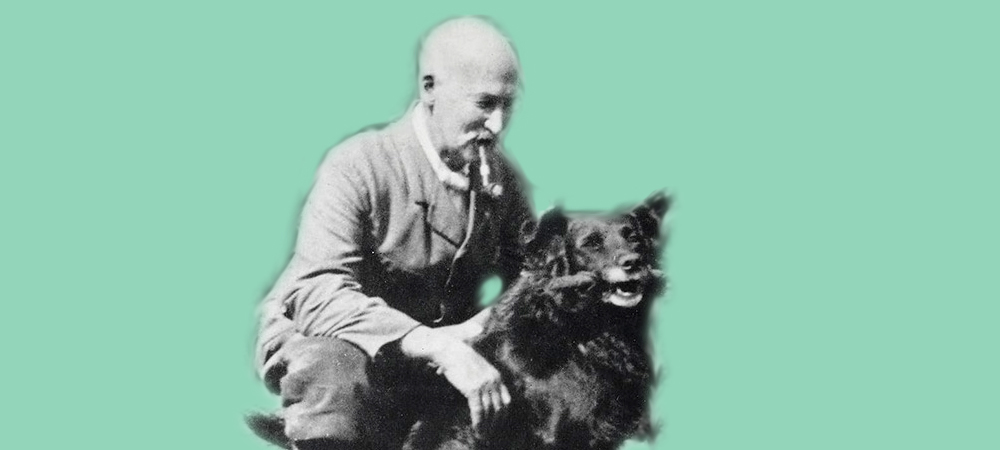 If I Had a Sense of Beauty
If I Had a Sense of Beauty
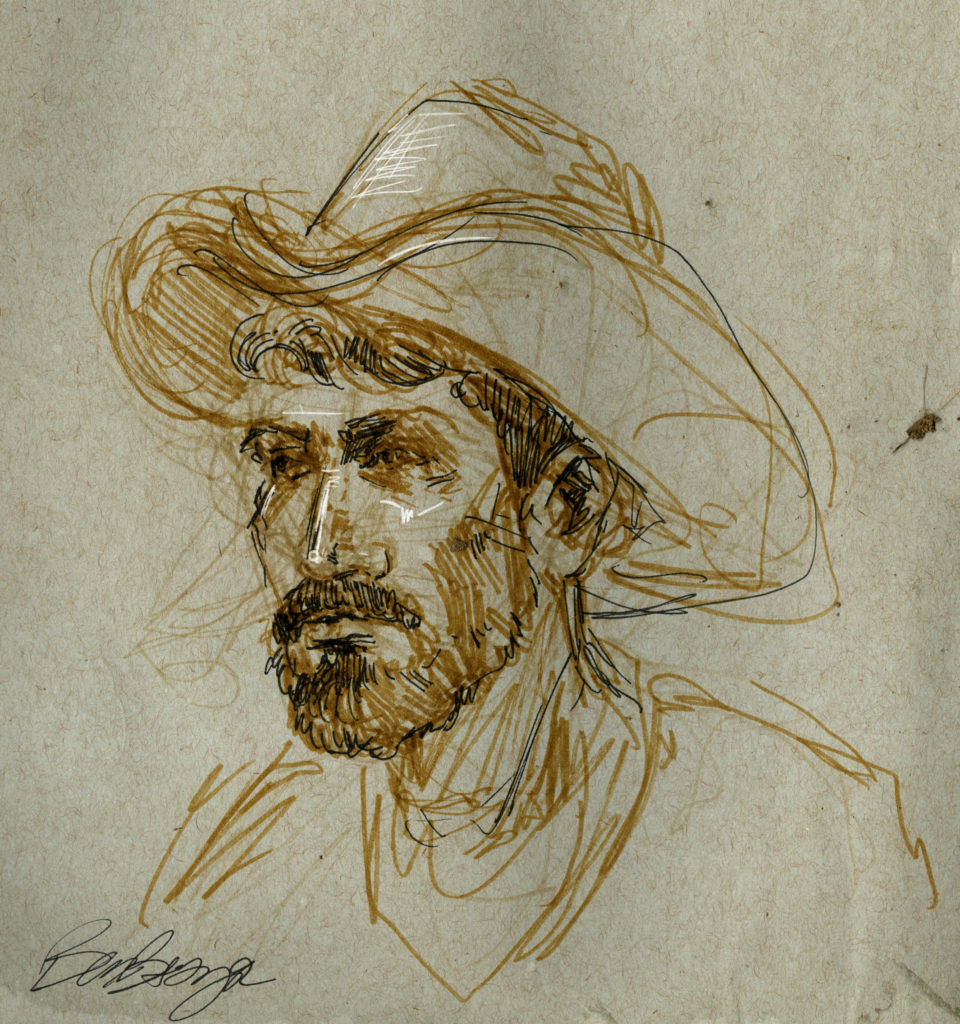 Puerto Rico Sketchbook: The Anarchist Bikers Who Came to Help
Puerto Rico Sketchbook: The Anarchist Bikers Who Came to Help
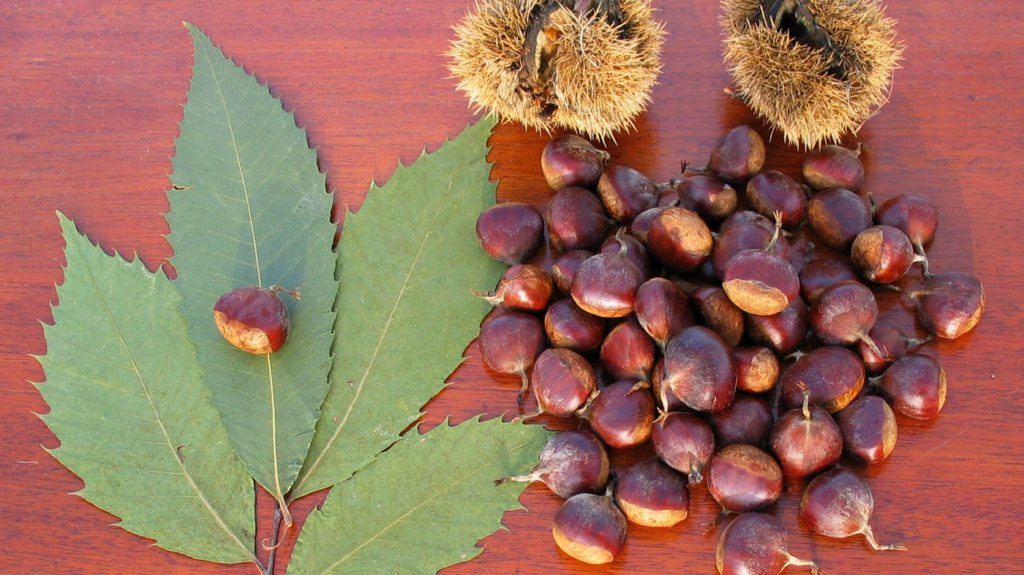 An Alternate Recipe for Chestnuts
An Alternate Recipe for Chestnuts
 If I Had a Sense of Beauty
If I Had a Sense of Beauty
 All This Blood and Love
All This Blood and Love
 Dominique Nabokov Photographs Artists’ Living Rooms
Dominique Nabokov Photographs Artists’ Living Rooms
 U.N. confirms the ocean is screwed
U.N. confirms the ocean is screwed
 Black History by Asali Solomon
Black History by Asali Solomon
When You Need Ten Feet of Books... by Sadie SteinKid Gloves by Michael McGrathThe Worst Poet in the World by Sadie SteinCourier Font Is Improved, and Other News by Sadie SteinA Week in Culture: Claire Cottrell, Art Book Shop Owner and Editor by Claire CottrellLiterary Valentines by Timothy Leo TarantoThe Maurice Sendak School, and Other News by Sadie SteinEdith Wharton by Design by Jason DiamondThe Daughter of Time by Sadie SteinOffsides, Part 2 by David GendelmanYellow Sky by Brandon HobsonFor Reference by Sadie SteinIs Scotch Tape Scottish? by Sadie SteinSharon Olds, “Diagnosis” by Sadie SteinGoing Soft by Nathan DeuelLetter from Berlin: In the Cut by Zeke TurnerSecond Chances by Tupelo HassmanBookish Heroism, and Other News by Sadie SteinLove in Amish Country by Rachel YoderHear That Lonesome Gasket Blow, Part 4: Tonight the Sea Is Douce by Evan James National emergency alert: At California governor vetoes bill requiring human drivers in autonomous trucks Advice for Graduates: Don’t Forget Your Cap and Gown D.H. Lawrence to Bertrand Russell: “Be a Baby, Not an Ego” We Fear Clowns. But What Do Clowns Fear? Dante Is Seven Hundred and Fifty—So Get a Selfie With Him How to watch the Texas vs. Baylor football matchup without cable Microsoft's acquisition of Activision is essentially a done deal A Perfect Summer Song—Erasmo Carlos’s 26 Anos de Vida Normal An Oral History of Gentrification Gives Us Stories—Not Stats In Guy Laramée‘s Sculpted Books, the Birds of Brazil Richard Rothman’s Photographs of Knoxville Gian Lorenzo Bernini’s Sculptures Aim to Capture the Soul On Happiness and Appetite Wordle today: Here's the answer and hints for September 23 The 'When We Were Young' emo music festival lineup will make you feel old Peloton is increasing its prices, blaming inflation Leon Golub’s “Riot” & the Art World’s Political Blindness It's Dante's Birthday, Maybe ... “Holiday in the Protectorate” and the Ethics of Role
2.3096s , 10157.65625 kb
Copyright © 2025 Powered by 【Canada Archives】,Co-creation Information Network